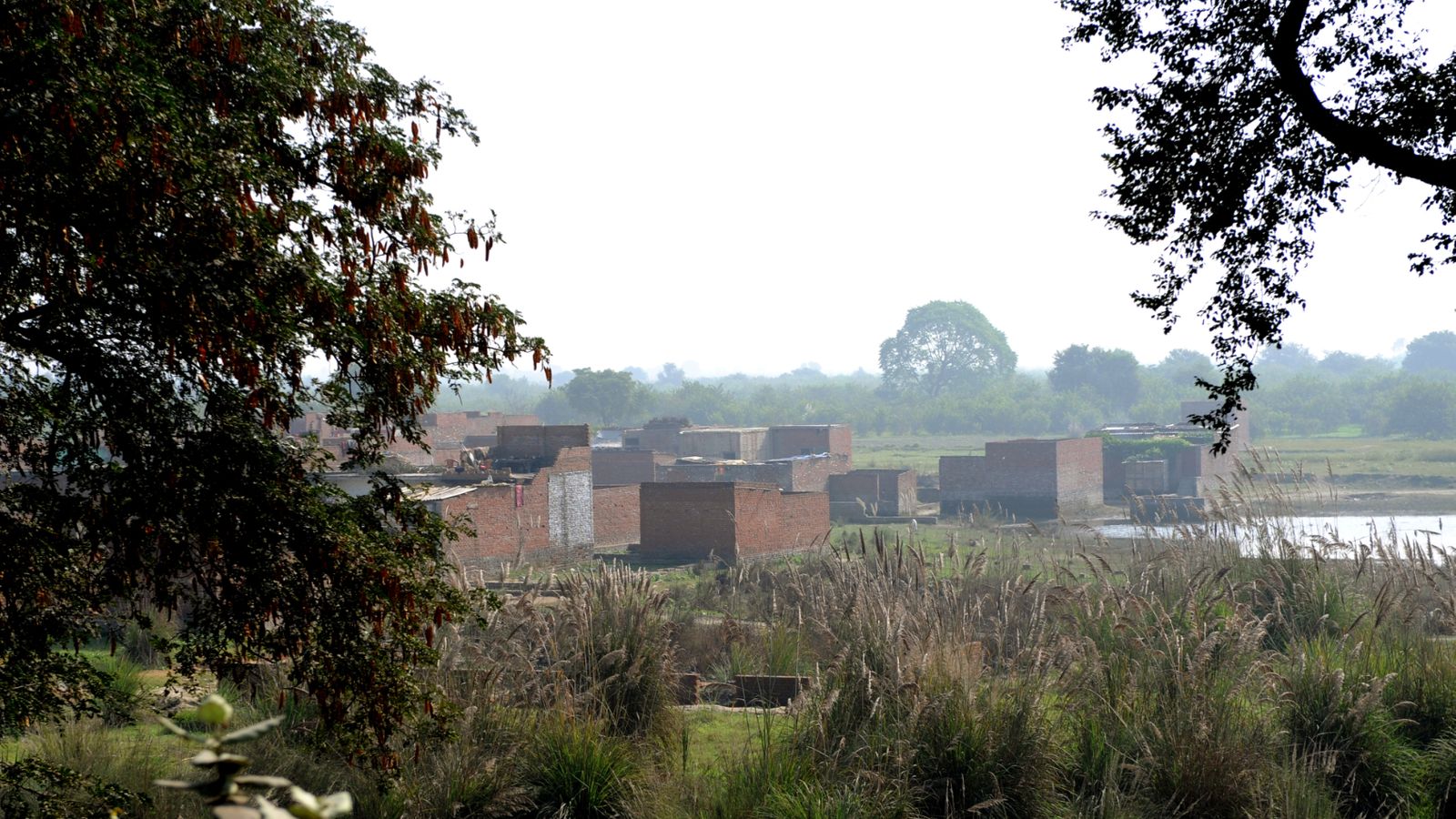The Indian city of Kanpur is seeing an outbreak of Zika virus cases, with at least 89 infections confirmed.
There are 17 children among those who have tested positive.
The infection has been linked to thousands of babies being born with underdeveloped brains.
“There has been a surge in cases of the Zika virus and the health department has formed several teams to contain the spread,” said Dr Nepal Singh, chief medical officer for the Kanpur district.
He said officials are paying special attention to a pregnant woman that has tested positive.
Although cases have been reported in several Indian states in the last few years, authorities said this was the first outbreak in the state.
The city’s first case was detected on 23 October and the total number has risen over the last week.
New Delhi wakes up to blanket of toxic smog and worst pollution all year after defying firework ban
COP26: Welcome to the Bay of Bengal, where islands disappear and a city feels the heat on the climate change frontline
COP26: Why China, India and Australia are reluctant to ditch coal
Amit Mohan Prasad, the top government bureaucrat for health and family welfare in the state of Uttar Pradesh, said the number of people testing positive is due to “aggressive” contact tracing.
Authorities have been increasing their surveillance of the outbreak and destroying breeding grounds for the mosquitos that pass on the virus.
The Indian Air Force station Chakeri and its surrounding area is the epicentre of the outbreak, according to The Times of India.
The first person to contract the disease was an IAF warrant officer who lives nearby, according to the news outlet.
Three more members of the air force were among those who tested positive for the virus on Sunday.
Health department officials have been told to go door to door to collect samples for surveillance and testing.
Someone who travelled to Kanpur has also tested positive in the Kannauj district – the area’s first case.
About one in five people who contract the virus develop relatively mild symptoms including a fever, muscle pain, red-eyes and a skin rash between three and 12 days.
The main concern is its effect on pregnant women and their babies being born with microcephaly, which is characterised by an exceptionally small head and incomplete brain development.






















